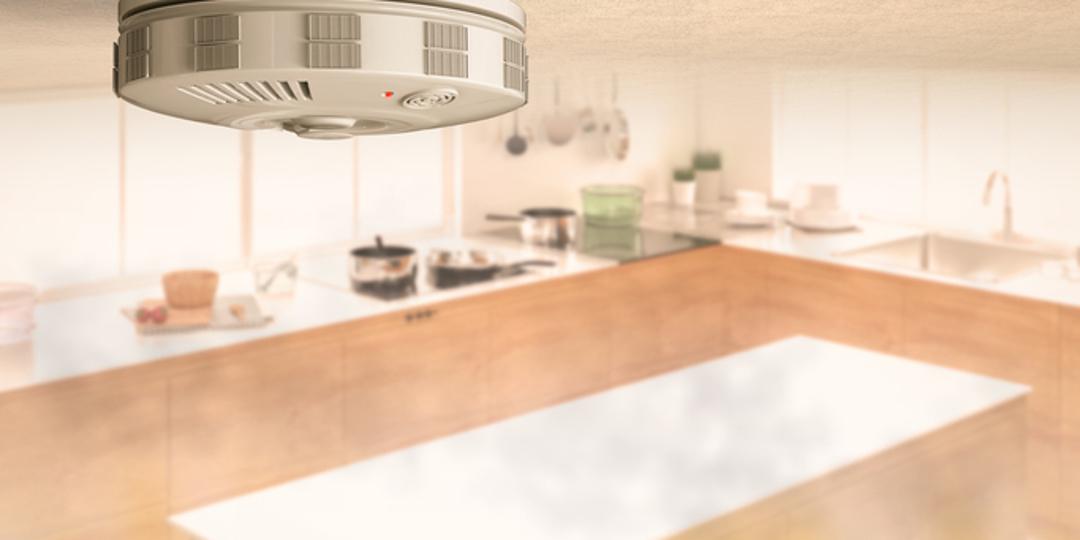How to Test a Smoke Detector

January 17, 2024
Smoke detectors are essential safety devices that play a crucial role in protecting our homes and loved ones from the dangers of fire. A properly functioning smoke detector can provide early warning and precious time to escape in the event of a fire emergency. However, simply installing smoke detectors isn't enough. Regular testing and maintenance are necessary to ensure their effectiveness. In this blog post, we will guide you through the steps of testing a smoke detector, focusing on the importance of safety and the expertise offered by Mister Sparky.
Understand the Different Types of Smoke Detectors:
Before diving into the testing process, it's important to understand the different types of smoke detectors available. The two main types are ionization smoke detectors and photoelectric smoke detectors. Ionization detectors are more responsive to flaming fires, while photoelectric detectors are more sensitive to smoldering fires. Some advanced smoke detectors incorporate both technologies, offering dual protection.
Familiarize Yourself with Manufacturer Guidelines:
Each smoke detector model may have specific instructions provided by the manufacturer for testing and maintenance. It's crucial to read and understand these guidelines to ensure proper testing procedures and avoid any potential issues. Mister Sparky, a trusted name in electrical services, can help you with any questions regarding specific smoke detector models or address concerns you may have.
Perform a Regular Test:
Regular testing is the key to ensuring the functionality of your smoke detectors. The National Fire Protection Association (NFPA) recommends testing smoke detectors at least once a month. To test your smoke detector, follow these steps:
Notify Family Members: Inform your family members or anyone present in the building that you will be testing the smoke detectors. This prevents unnecessary panic when the alarms sound during testing.
Locate the Test Button: Smoke detectors typically have a test button, usually located on the front or side of the unit. Press and hold the test button for a few seconds until the alarm sounds. If the alarm doesn't go off, it may indicate a problem with the battery or the detector itself.
Check the Alarm Volume: While testing, verify that the alarm sound is loud and audible from various areas of your home. Mister Sparky can assist in assessing the volume and placement of your smoke detectors to ensure maximum effectiveness.
Replace Batteries and Detectors as Needed:
If your smoke detector's alarm doesn't sound during the test, it's crucial to investigate the cause promptly. Start by replacing the batteries with fresh ones. If the alarm still doesn't work, it may indicate a defective detector that needs to be replaced. Remember, it's essential to replace batteries at least once a year, even if the alarms are working correctly. Mister Sparky can provide professional guidance and assistance for battery replacement or detector installation.
Seek Professional Assistance:
While regular testing and maintenance are vital, it's equally important to have your smoke detectors professionally inspected on a routine basis. Mister Sparky offers a variety of electrical services, including smoke detector inspection, repair, and replacement. Their experienced electricians possess the expertise to ensure your smoke detectors are in optimal working condition, providing you with peace of mind.
Contact Us For Smoke Detector Testing Services Today!
Testing smoke detectors is an essential part of maintaining a safe home environment. Regular testing helps identify any potential issues and ensures the early detection of fires. Remember to familiarize yourself with the manufacturer guidelines and follow the recommended testing procedures. If you encounter any difficulties or have concerns, don't hesitate to seek professional assistance from Mister Sparky. By prioritizing the maintenance of your smoke detectors, you're taking a proactive step towards safeguarding your home and loved ones from the devastating effects of fire emergencies. Stay safe, be vigilant, and protect what matters most!
